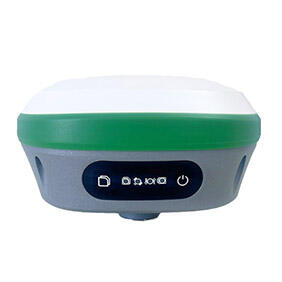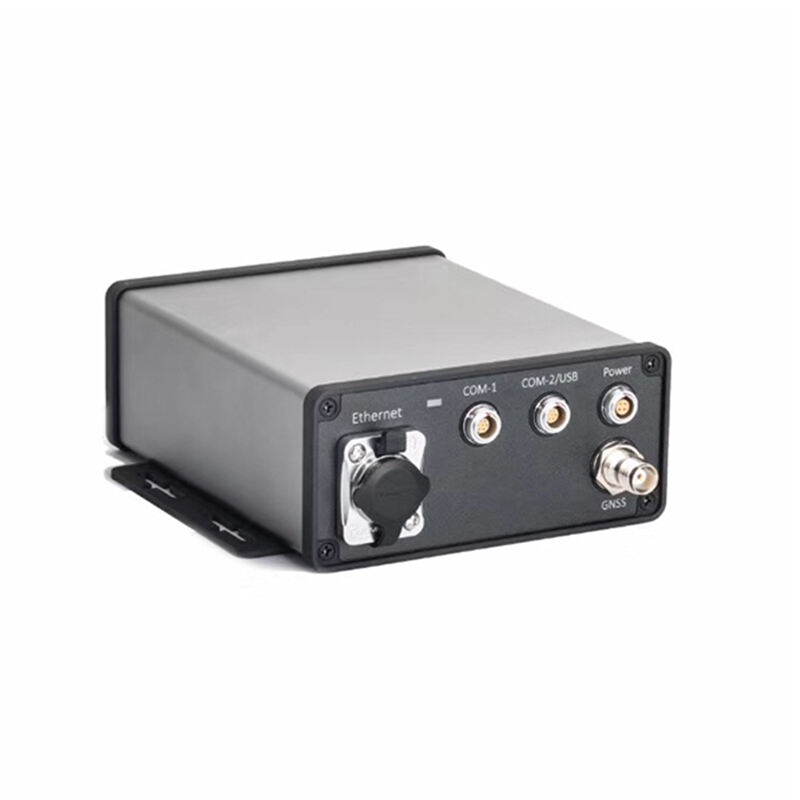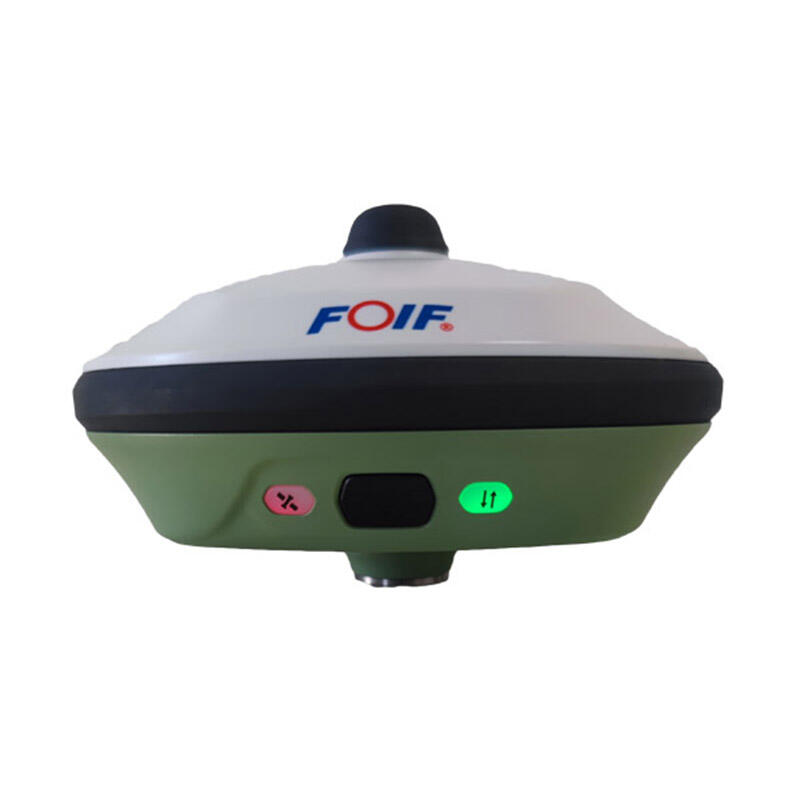dual frequency gnss receiver
A dual frequency GNSS receiver represents a significant advancement in satellite navigation technology, offering enhanced precision and reliability in position determination. This sophisticated device operates by simultaneously processing signals on two different frequencies from Global Navigation Satellite Systems. The primary function involves receiving and processing L1 and L2 signals, enabling the system to eliminate ionospheric errors that typically affect single frequency receivers. Through advanced signal processing algorithms, these receivers can achieve centimeter level accuracy in optimal conditions. The technology features built in multipath mitigation capabilities, robust signal tracking mechanisms, and advanced error correction algorithms. Dual frequency GNSS receivers find extensive applications across various sectors, including precision agriculture, surveying and mapping, autonomous vehicle navigation, and scientific research. The system's ability to maintain accuracy even under challenging atmospheric conditions makes it particularly valuable for professional applications requiring consistent, high precision positioning. The integration of multiple satellite constellations, including GPS, GLONASS, Galileo, and BeiDou, further enhances the receiver's performance and reliability. Modern dual frequency receivers also incorporate real time kinematic (RTK) capabilities, enabling rapid and accurate position fixes for dynamic applications.


